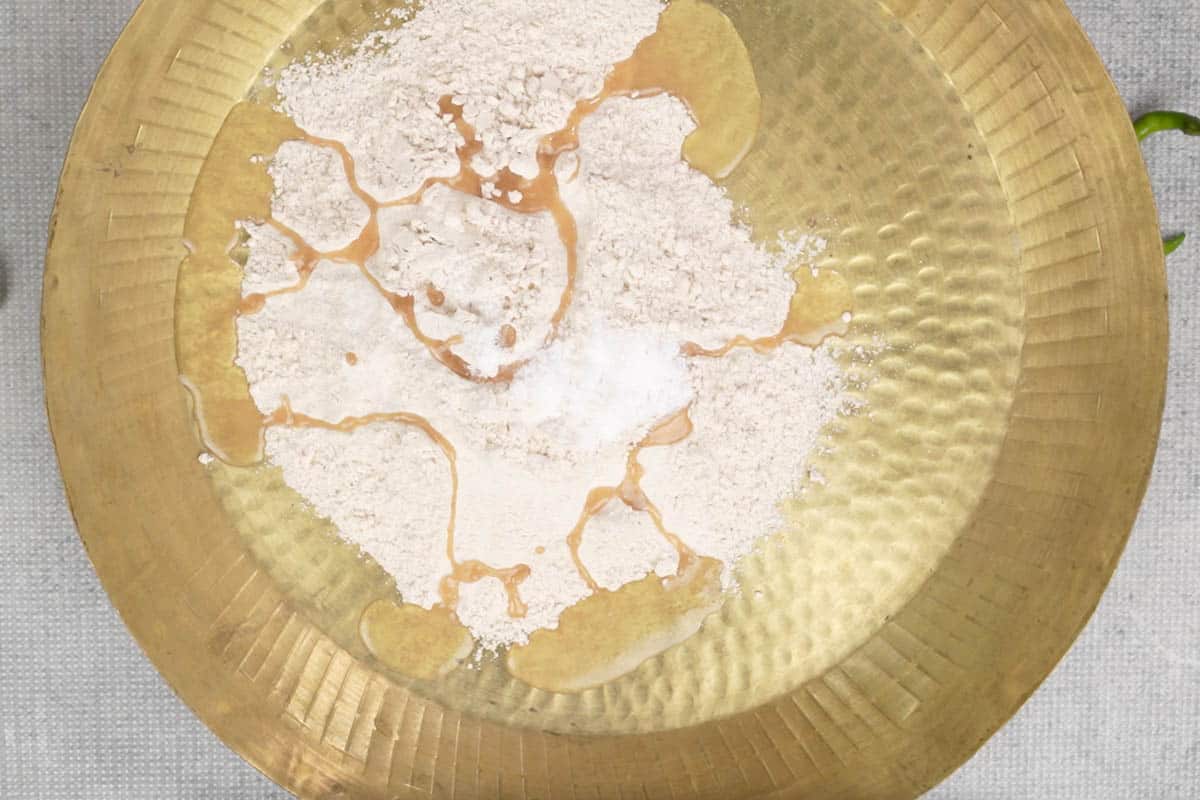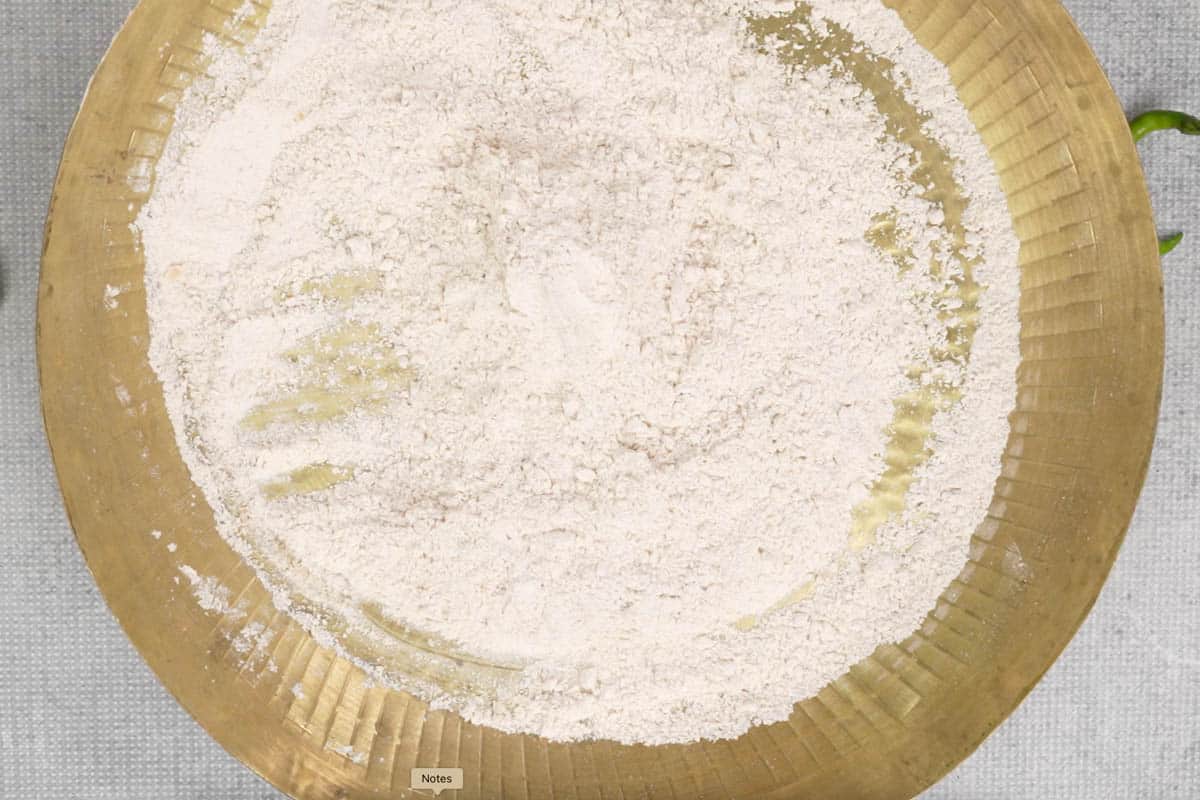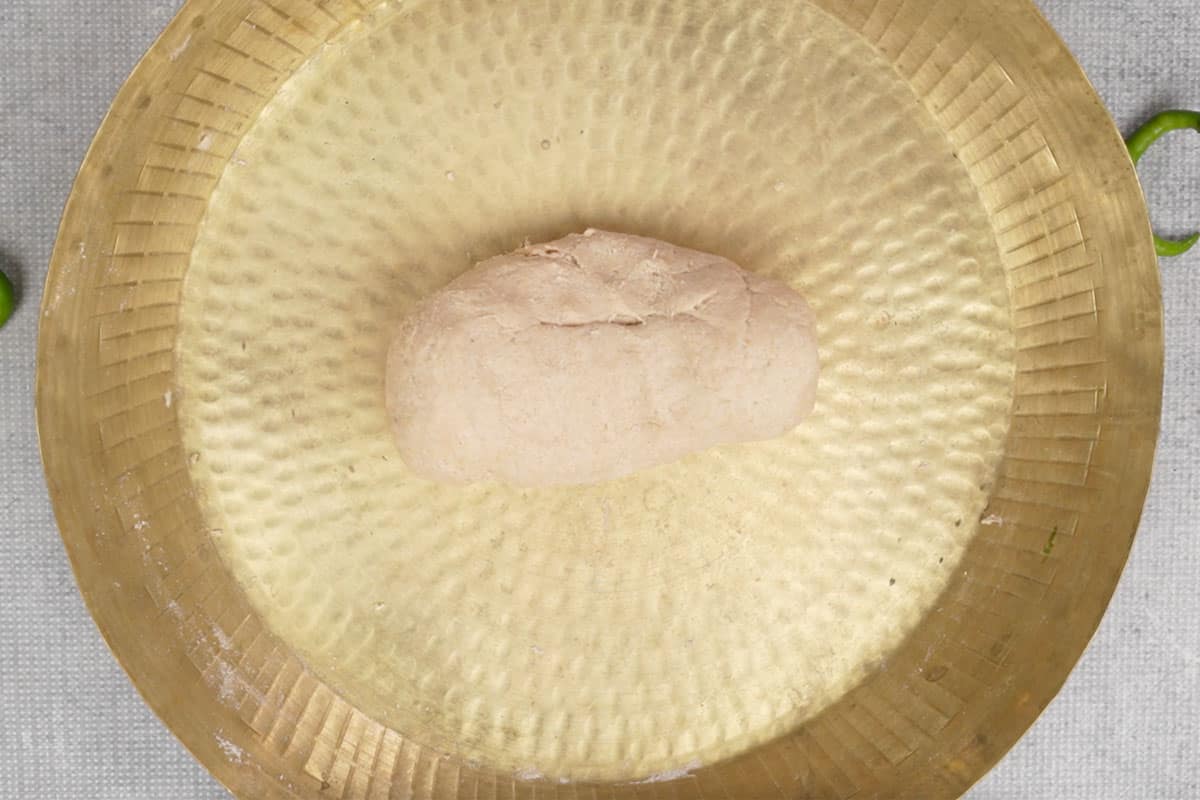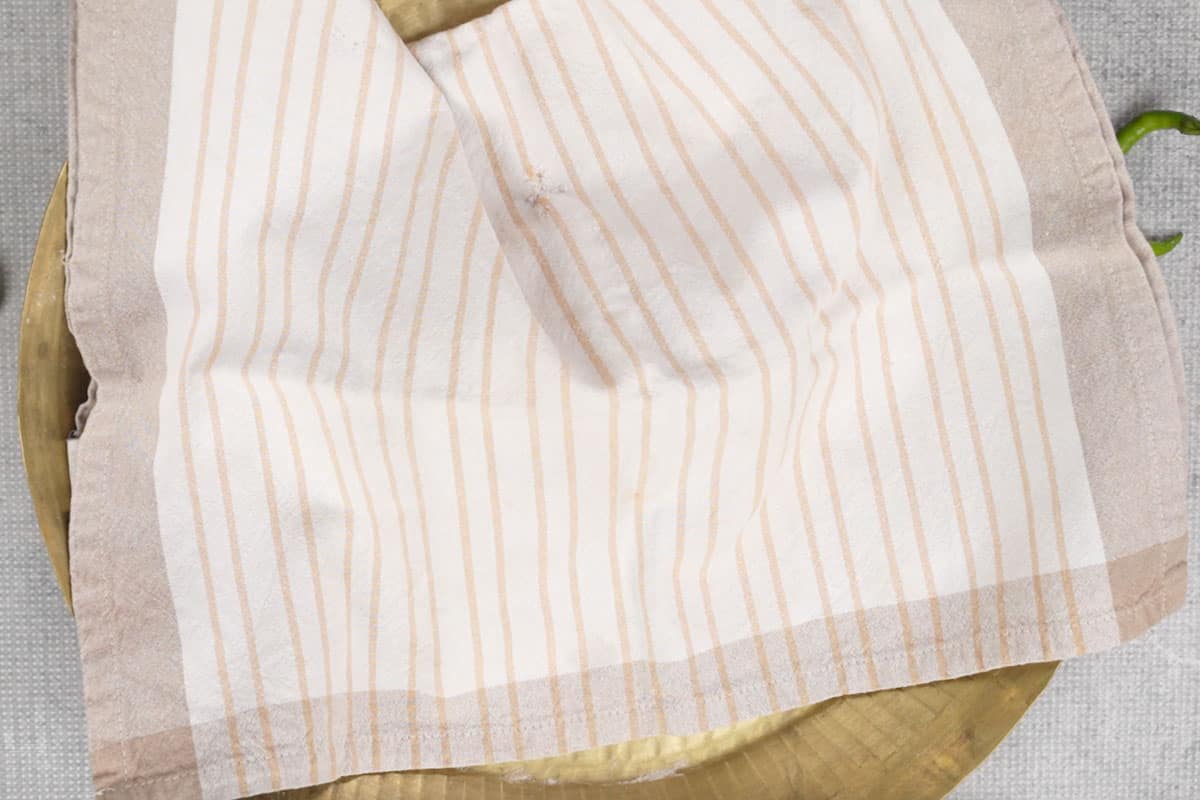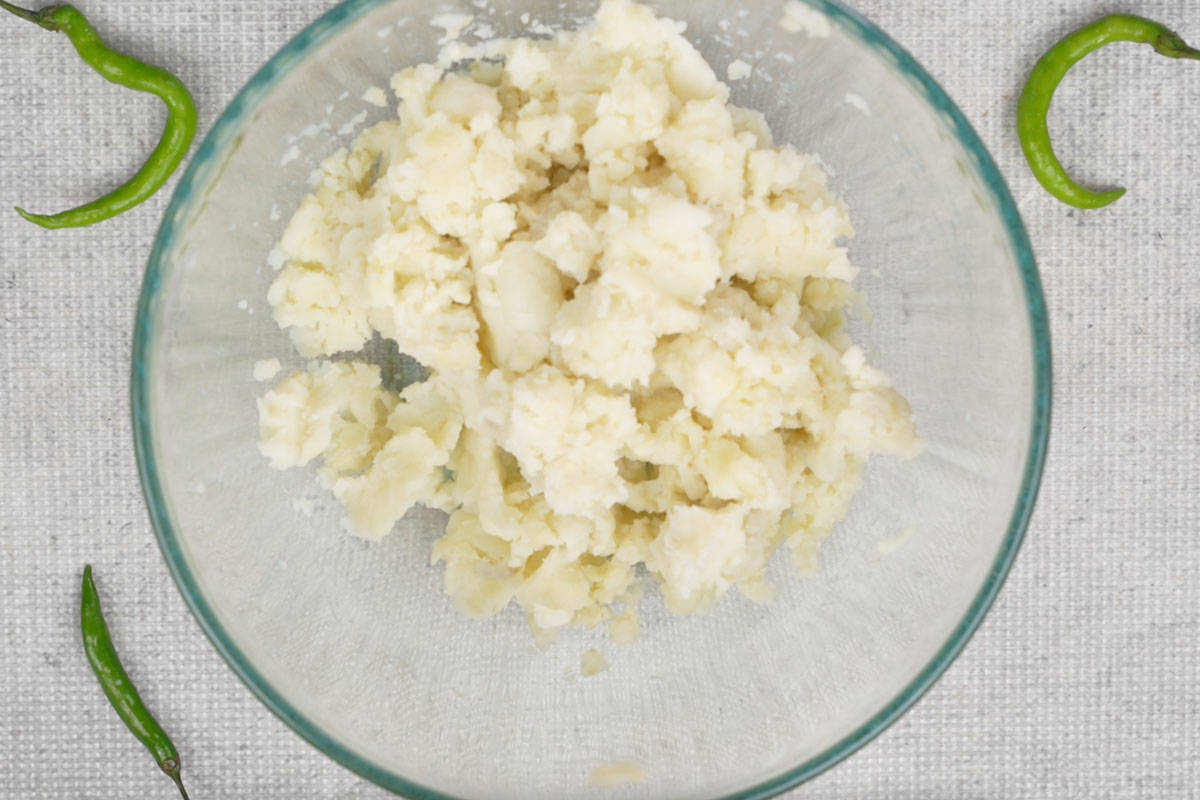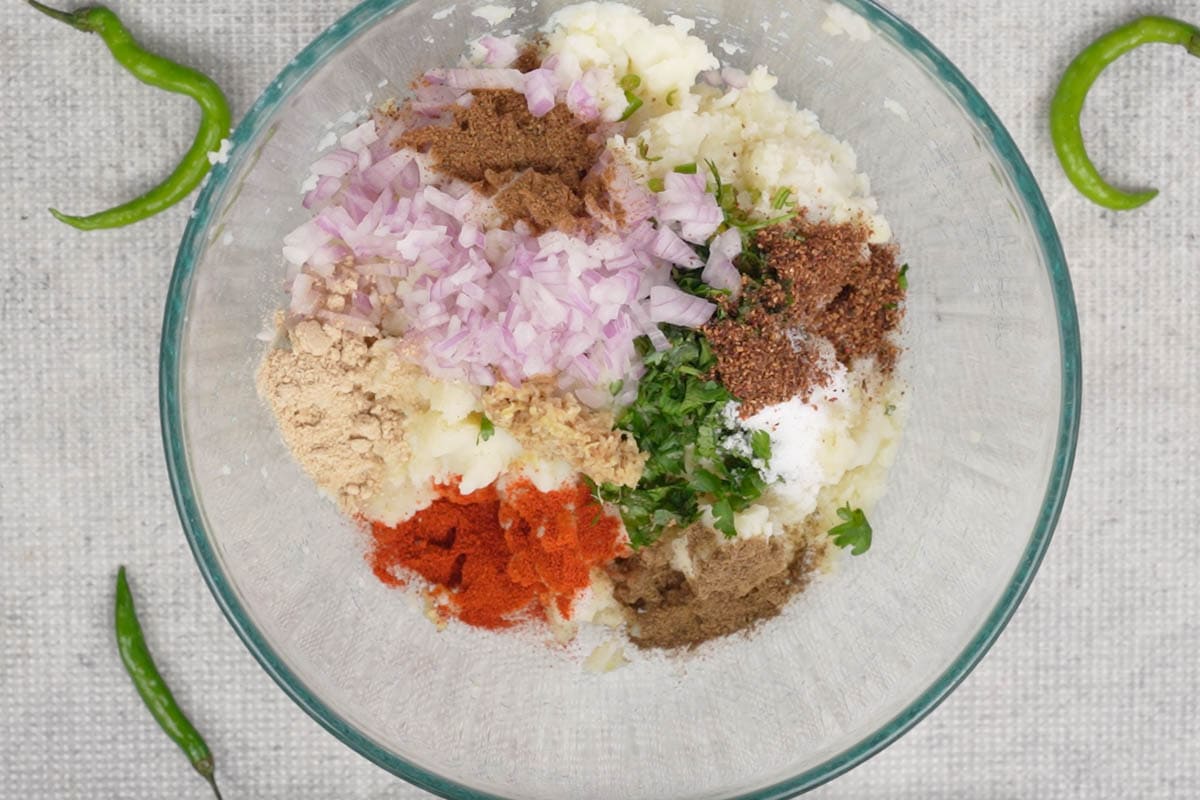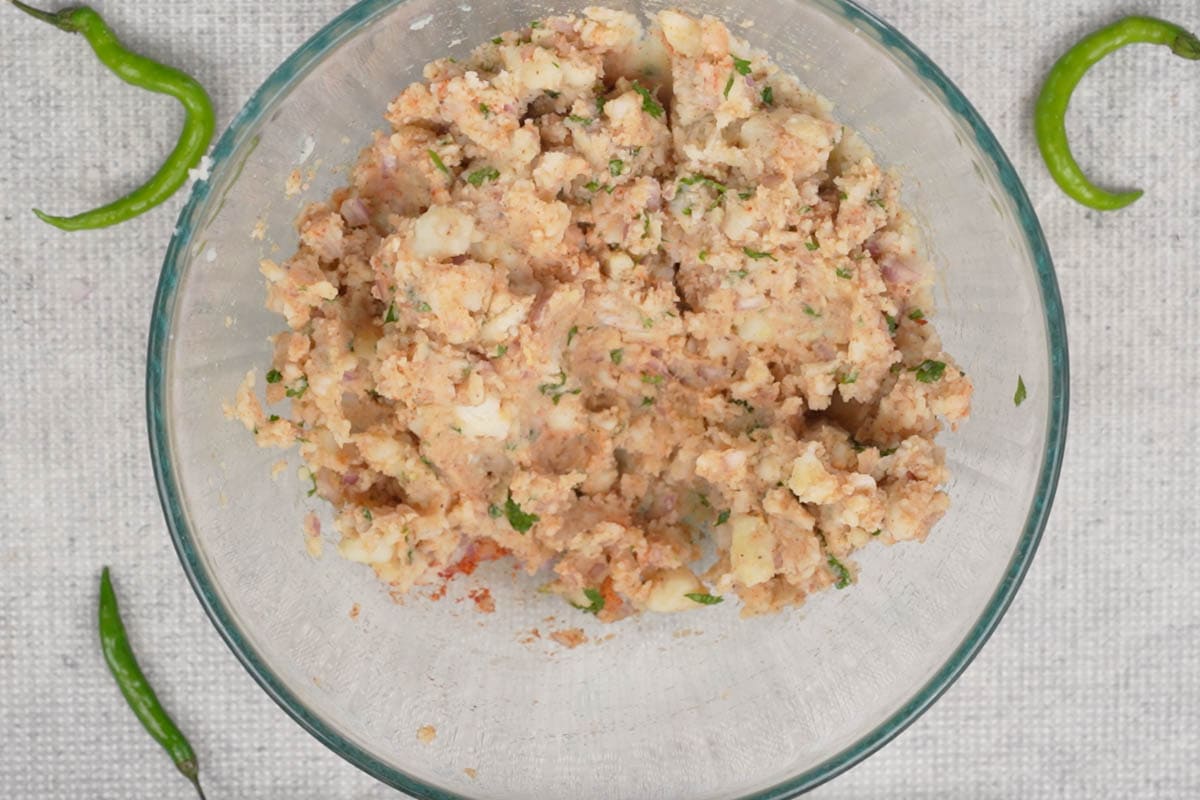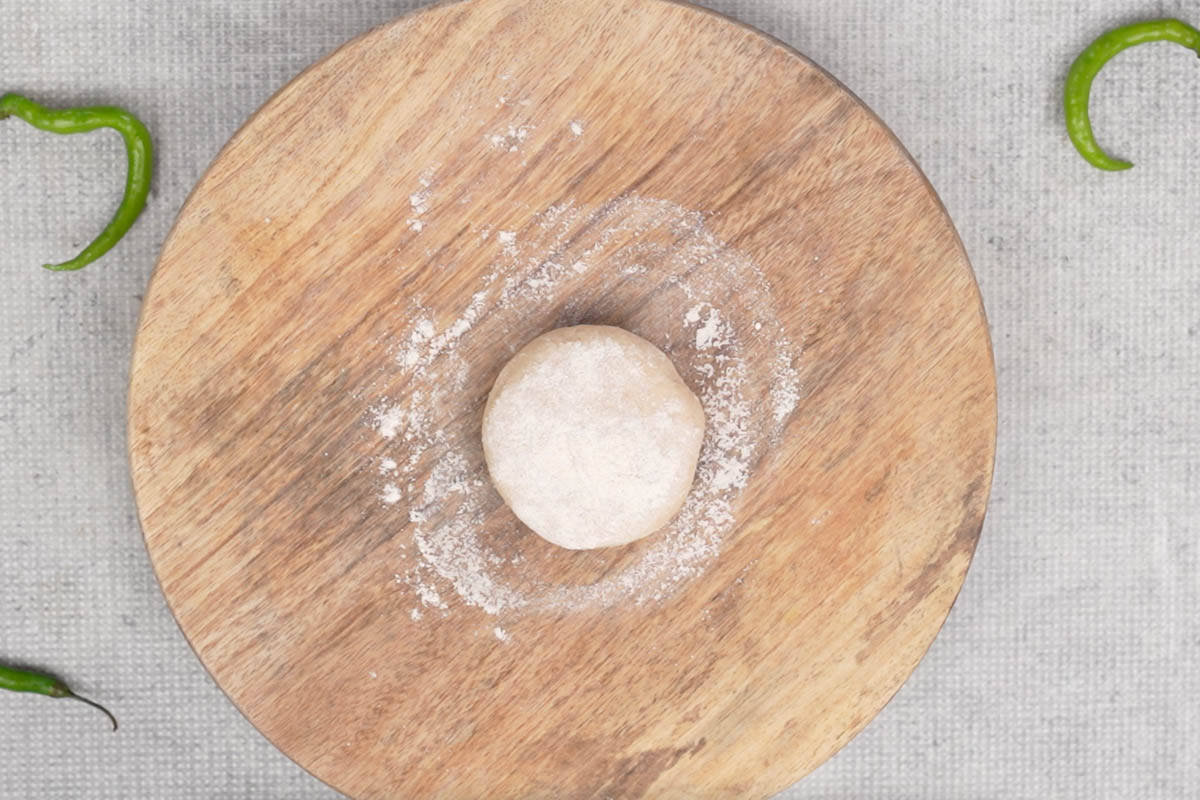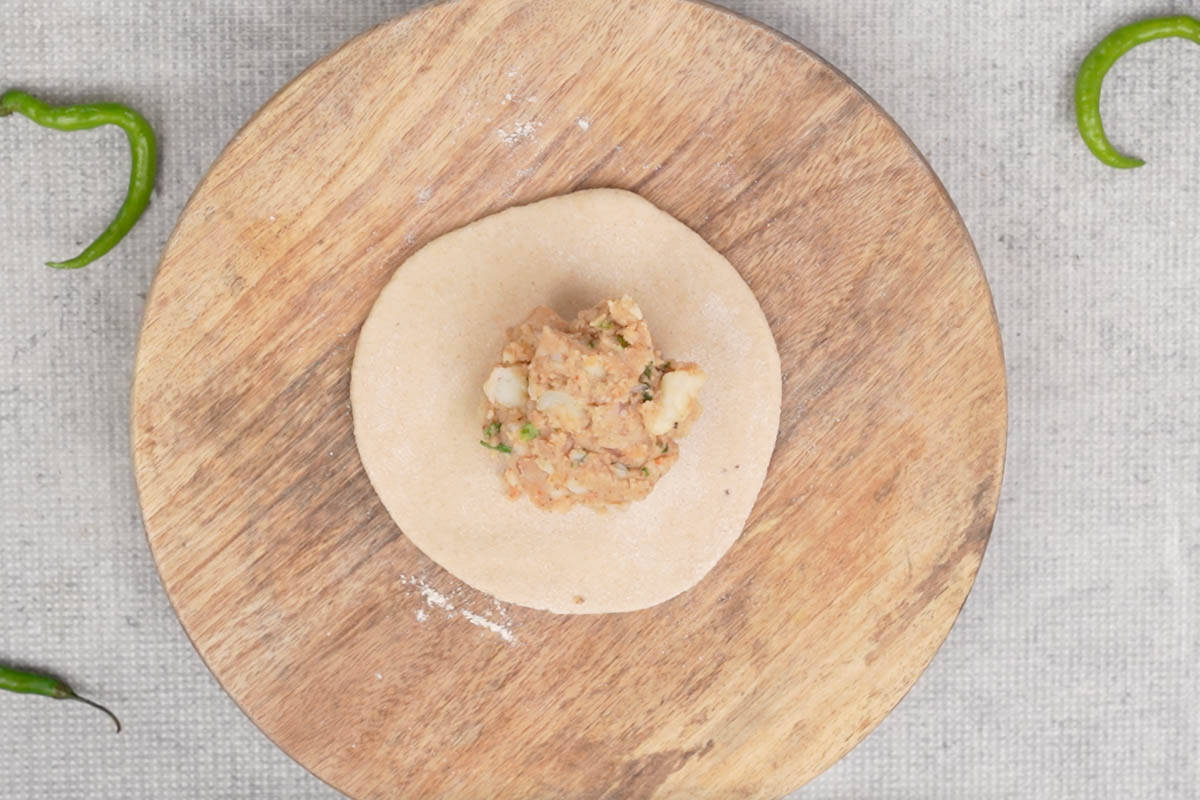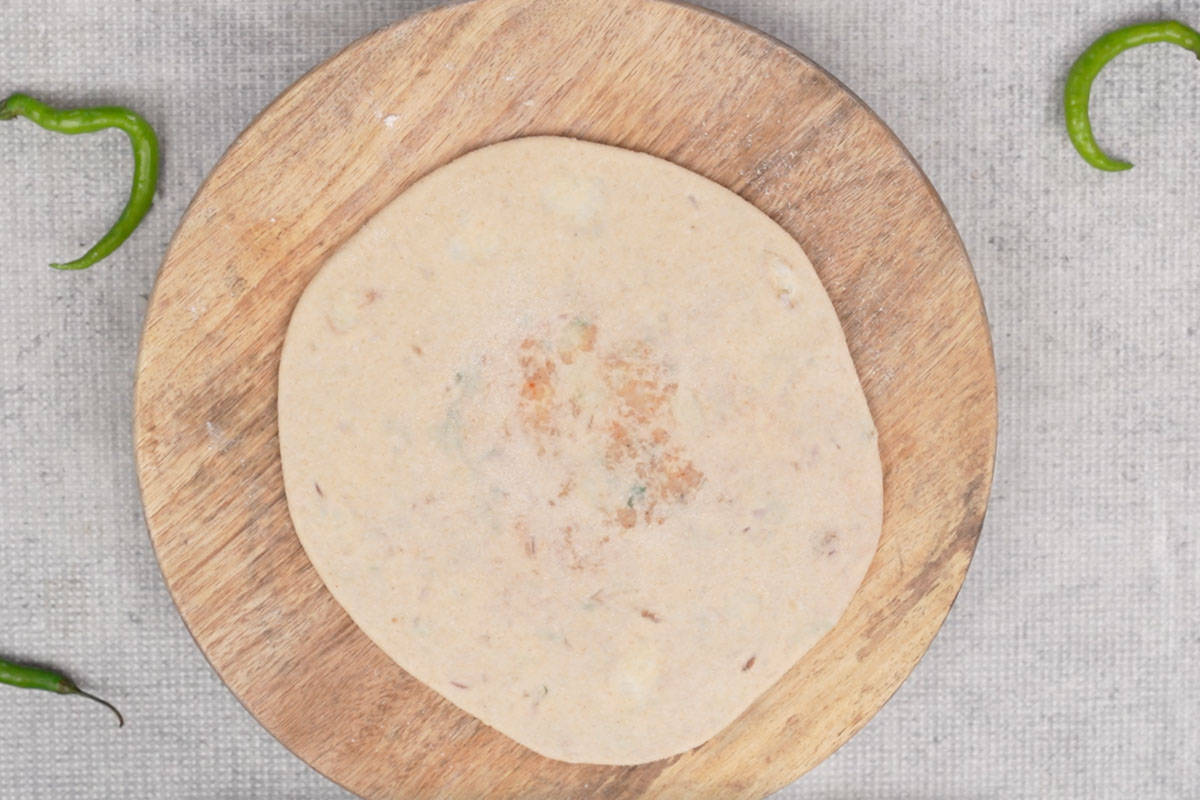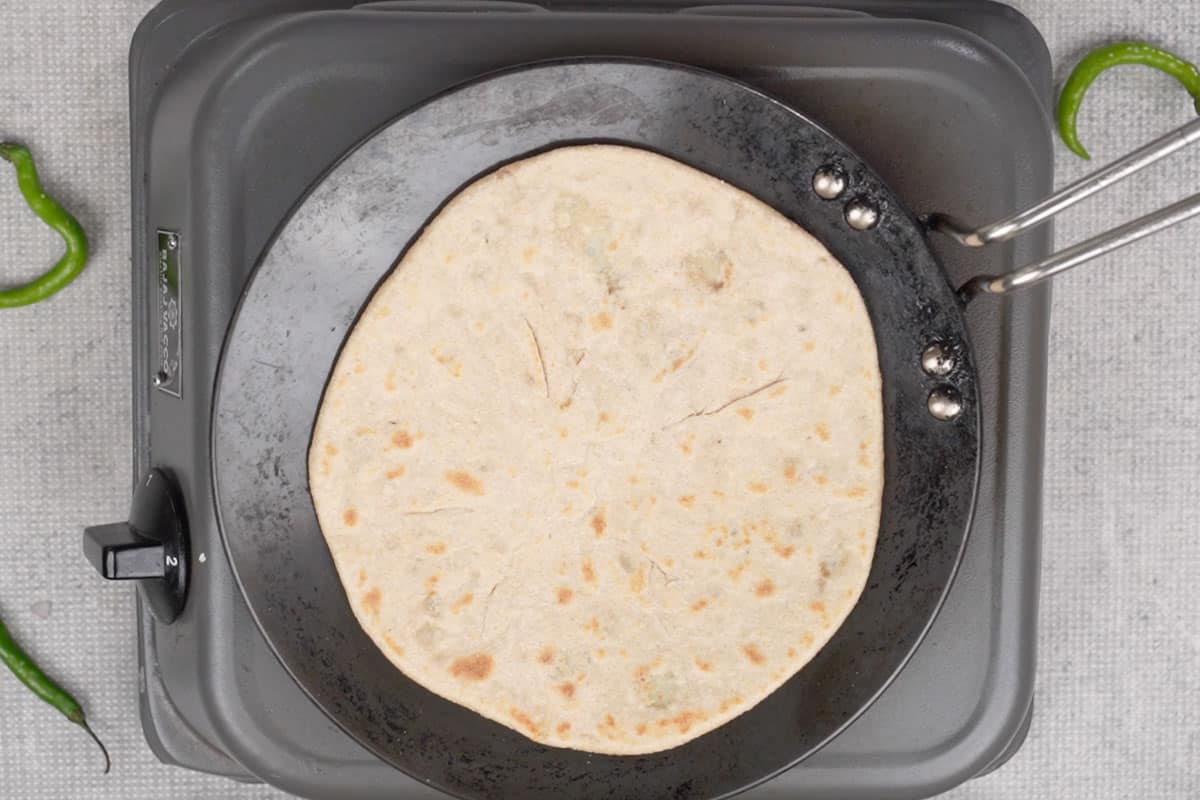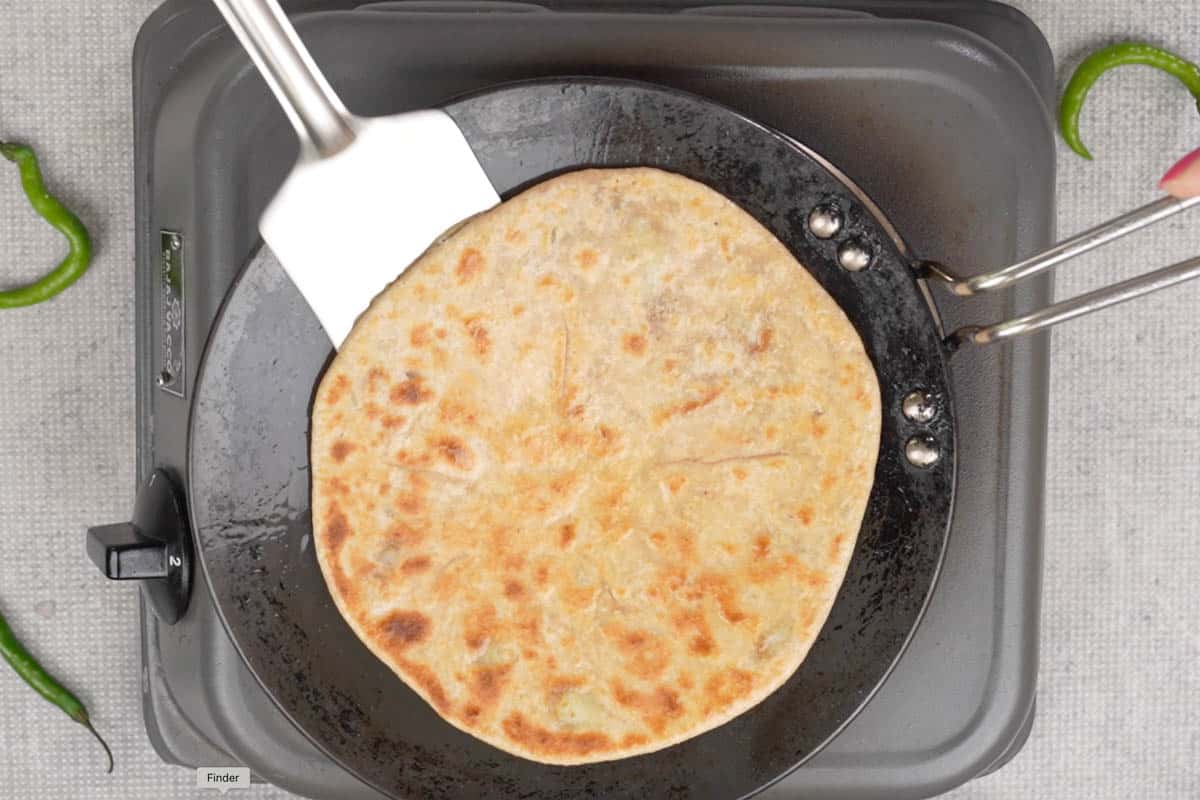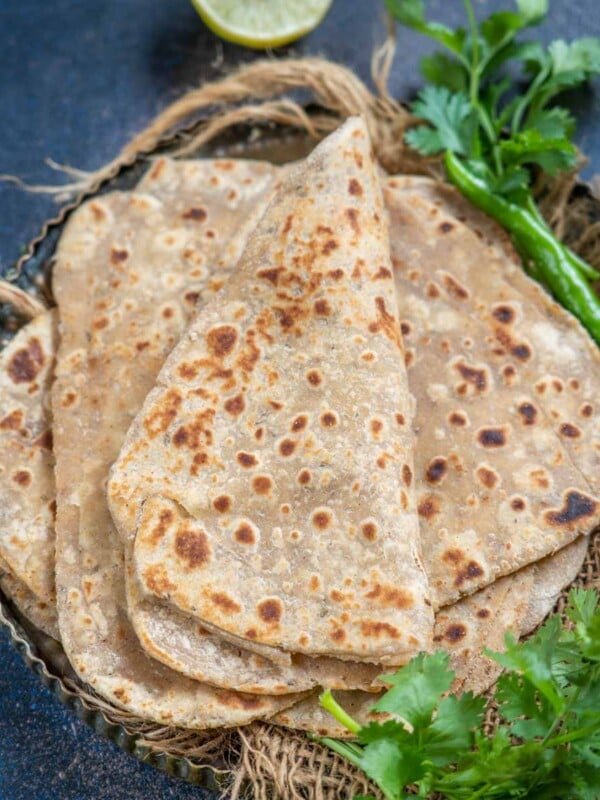on May 23, 2021 Here are some more stuffed paratha recipes that can be served for your weekend breakfast: Gobi Paratha, Keema Paratha, and Broccoli Paratha. Stuffed Parathas are made in almost every North Indian household, and potato filling is the most popular filling option. Everyone has a different recipe for these flatbreads, but my aloo ka paratha recipe is the best, I must say. I think it is the only recipe I make better than my mom’s. A perfect aloo paratha must have a crispy crust and a fairly good amount of filling spread evenly inside the crust. Rolling a perfect stuffed paratha took me some time to figure out, but now I have many tips up my sleeves that make perfect stuffed paratha every time. I am sharing everything I know so that you don’t have to deal with torn parathas with filling coming out of them or only dough and no filling on some parts of the paratha. Read along!
About Aloo Paratha
Aloo Paratha (Stuffed Potato Paratha) is a North Indian stuffed flatbread popular all over India and abroad. Not only in homes, you will also find aloo ka paratha served in almost all the North Indian restaurants or dhabas (Indian roadside eateries). Aloo paratha is prepared by making a whole wheat flour dough and stuffing it with a spicy, tangy potato masala flavored with herbs and spice powders. It is then pan-fried with ghee or oil until crisp and browned. It is best served with a dollop of butter (makhan), yogurt, pickle, and masala chai or lassi on the side. This paratha is the perfect breakfast or brunch recipe. It can also be enjoyed for lunch or dinner or packed in school or office lunch boxes.
Storage Suggestions
I suggest you make them fresh and serve them right out of the tawa. You can also make the dough and aloo filling and store them in an airtight container in the fridge. Add salt only just before making the parathas. This will prevent the onions from releasing water and make the filling moist.
For The Filling
To make the filling, potatoes are boiled, peeled, and mashed. They are then mixed with herbs and spices to make a flavorful filling. To make the potato filling, mashed potatoes are mixed with green chilies, cilantro (fresh coriander leaves), ginger, onion, salt, Kashmiri red chili powder, dry mango powder (amchoor), anardana powder (pomegranate seeds powder), roasted cumin powder, and garam masala powder. While dry mango powder and pomegranate powder add a tangy taste, red chili powder and green chilies add that much-needed heat. You can skip adding pomegranate seed powder if it’s not readily available. Cayenne pepper or paprika powder can be used instead of Kashmiri red chili powder. You can adjust the amount of spice powders according to your taste and preference. Leave the spices that you don’t have. This filling is very forgivable. You will also need ghee or oil to cook the paratha. Use oil to make it vegan. Do not overcook the potatoes. Cook them until they are tender, and then remove them from heat. Cool the cooked potatoes well before making the filling to get the right texture. Refrigerating them for 2-3 hours will dry them, and the parathas will not tear while rolling. Mash the potatoes very well! If any big pieces are left, they will tear the paratha while rolling. I like mashing potatoes, but you can also grate them for a slightly different texture. Knead the dough very well until it is soft and smooth. The consistency of the filling and dough should be similar; this rule applies to any stuffed paratha you make. Transfer the rolled paratha to the griddle only when it is nicely heated. If it is not hot enough, the paratha will turn out soft and not crisp. Cook the parathas on medium to high heat. Cooking on low heat can make them soft and soggy. Also, keep pressing the parathas with the back of a ladle to make them nice and crispy. Be generous with ghee or oil for a perfectly crispy paratha. The exact amount of water required to knead the dough depends on the quality of the flour. The best way is to keep adding little by little until the dough comes together. Knead the dough for 2-3 minutes until it becomes very smooth.
1 teaspoon chopped green chilies 2 tablespoon chopped cilantro 1 teaspoon grated fresh ginger ¼ cup chopped onions 1 teaspoon salt ½ teaspoon Kashmiri red chili powder 1 teaspoon dry mango powder 1 teaspoon pomegranate seed powder ½ teaspoon roasted cumin powder ½ teaspoon garam masala powder
Take one of the dough balls and slightly press it between your palms. Dust it with some dry flour and roll it to make a 4-inch circle. This circle should be slightly thinner from the edges. Note – Cover the remaining balls with the kitchen cloth to prevent drying. Note – Don’t worry if it’s not a perfect round. Rolling aloo paratha perfectly takes time and patience. You will get there soon! Once the griddle is hot, transfer the paratha to it and cook until brown spots appear on the base of the paratha. Flip and cook until brown spots appear on the other side. Flip once again. Press it using the back of a ladle and fry until nicely browned on both sides. Make all the paratha in the same manner. Serve hot with butter, pickle, and yogurt. If you are prepping beforehand, cook the parathas halfway, cool them down, cover them with foil paper, and store them in the fridge for about 2 to 3 days. When ready to serve, cook them on the griddle with ghee or oil ghee. These aloo paratha are also freezer-friendly. To freeze them, cook the paratha on each side for a few seconds without using oil or ghee until it changes color slightly. Remove the half-cooked paratha to a plate. Cool the parathas completely before freezing. Once cooled, layer them by separating each with parchment sheets, placing them in freezer-safe bags or airtight containers, and freezing for up to 3 weeks. When you want to use it, take the paratha out of the freezer and cook it on medium-high heat on a hot griddle. Brush ghee or oil on both sides and cook until nicely browned.
Ajwain Paratha (Carom Seeds Flatbread)
Makki ki Roti (Vegan, Gluten Free)
Poori (Puri)
Roti (Phulka or Chapati)

